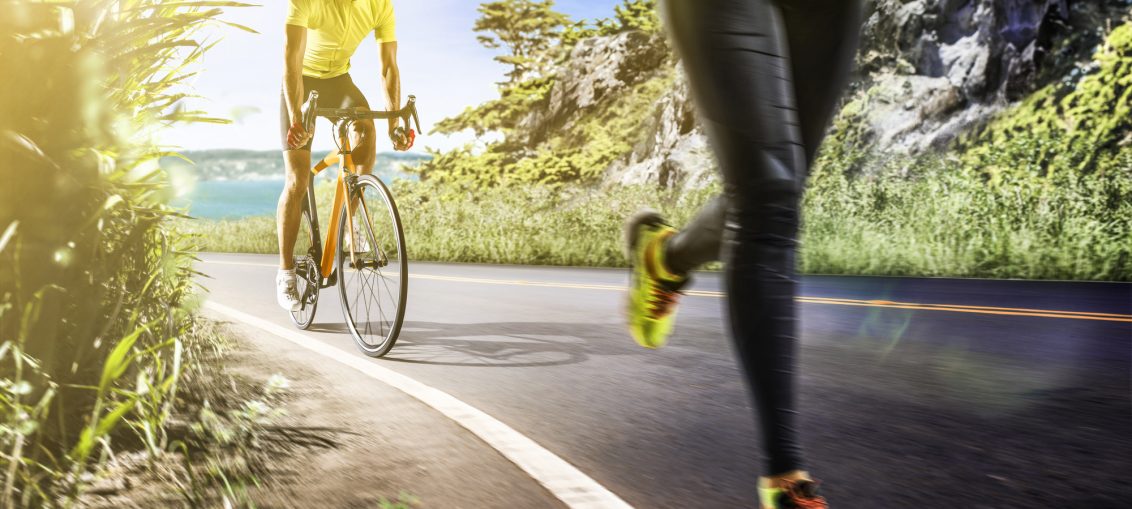
There are few activities in life that test the human body to its limits like a triathlon does.
No matter how hard you train, and how well you compete, ultra-endurance exercise will induce muscle damage and a inflammatory response in your entire system.
The key to getting through this and being ready for your next race is getting your recovery right.
Here’s our guide to a successful triathlon recovery.
1. Take an Ice Bath
Ice baths are not universally popular, and the jury’s out on their effectiveness.
The principle behind them is that by lowering the temperature of the body and especially the muscles, they reduce swelling and go on to speed up recovery times.
Whether this is true or not, the fact is most triathletes find they just feel so much better after taking an ice bath. Starting your recovery well, in a positive frame of mind, is certainly a plus for long-term recovery.
2. Give Yourself Time for Rest
This might seem obvious, but when the next big event is looming, it can be tempting to get back in the saddle, quickly.
However, you’ll actually compromise performance and endurance in the long-term if you do not allow sufficient time to rest. One study noted that two or three weeks of active recovery are advisable post-race.
So what can triathletes do to make this time count? Work with your coach to work out the optimum times for rest for your body, and give your body rest when it asks for it.
3. Get a Professional Check-up
It’s easy to try and power through aches and pains or run things off, but this could make things worse in the long run.
If you’re suffering from back pain post-triathlon, then head down to My Back Relief Clinic to see one of their chiropractors. They’ll not only treat the problem but will advise you how to avoid it recurring.
4. Get Compressing
Many triathletes swear by compression clothing for their post-triathlon recovery.
They boost blood flow, speeding up recovery times and help to reduce damage to muscles.
Compression calf sleeves, as well as full-length socks, leggings and arm sleeves, are all available, to give you all over protection.
5. Eat Right
It can be tempting following intense training and the strain of the event, to let your eating habits slide a little.
However, this would be a mistake. Your muscles need good nutrition to recover quickly and properly. Think natural, whole-food nutrition. Don’t look to supplements and processed food.
So fill your plates with veggies, load up on salad and a variety of sources of protein, and your body will repay you with faster recovery times — plus, you’ll feel better.
The Takeaway: Effective Triathlon Recovery
The bottom line is, if you want to compete in triathlon after triathlon, you’ve got to allow your body time to recover.
Skimp on the tips above, and you’re likely to pick up more injuries and spend more time on the sidelines than in the saddle.
For more great training tips to help you be the best triathlete you can, check out our training blog today.
